Latest Tutorials
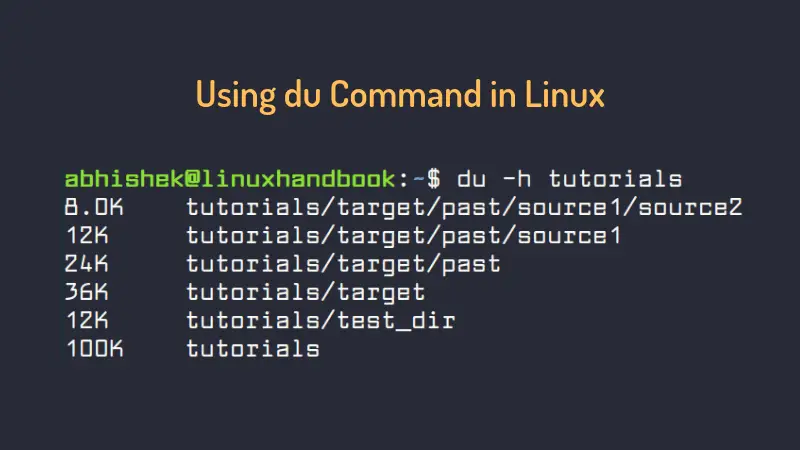
du Command Examples
The du command in Linux is used for checking the size of directory. Here are various ways you can find the size of directory in Linux with the du command.
· Abhishek Prakash

How to Find Which Shell You Are Using on Linux
Here are four simple commands to find out which shell are you using in Linux.
· Abhishek Prakash

3 Ways to Write a List to a File in Python
This quick tutorial demonstrates three methods to write a list to a file in Python scripting language.
· Abhishek Prakash

How to gzip a Directory in Linux
Trying to gzip a directory and seeing an error in Linux? Here's the command (with explanation) to gzip compress a folder in Linux terminal.
· Abhishek Prakash

How to Rename Multiple Files at Once in Linux
Rename command can be used to rename multiple files in Linux at once. Here are some practical scenarios in which you can use the rename command.
· Abhishek Prakash
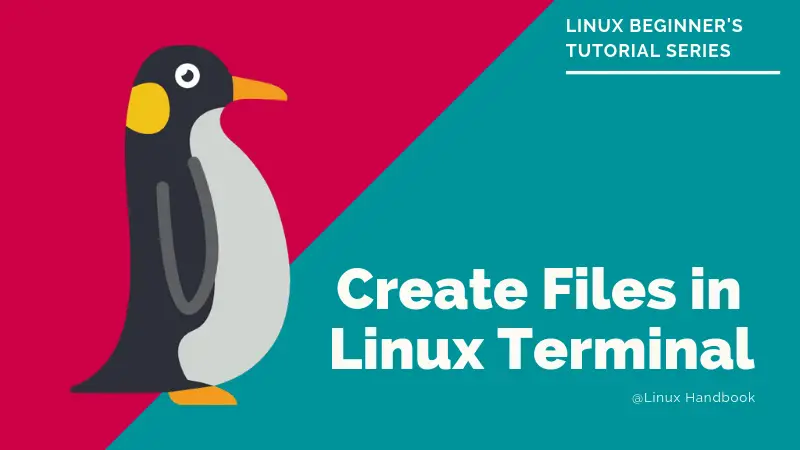
4 Ways to Create a Text File in Linux Terminal
In this Linux beginner series, you'll learn various methods to create a file in Linux terminal.
· Abhishek Prakash

How to Find the IP Address of a Website in Linux
Wondering how to get the IP address of a website in Linux? Here are 3 command line utilities to query the DNS and get you the IP address and other details.
· Abhishek Prakash

How to Find Default Gateway IP in Linux
This quick Linux tip shows various methods to find gateway IP address of your router in Linux command line.
· Abhishek Prakash
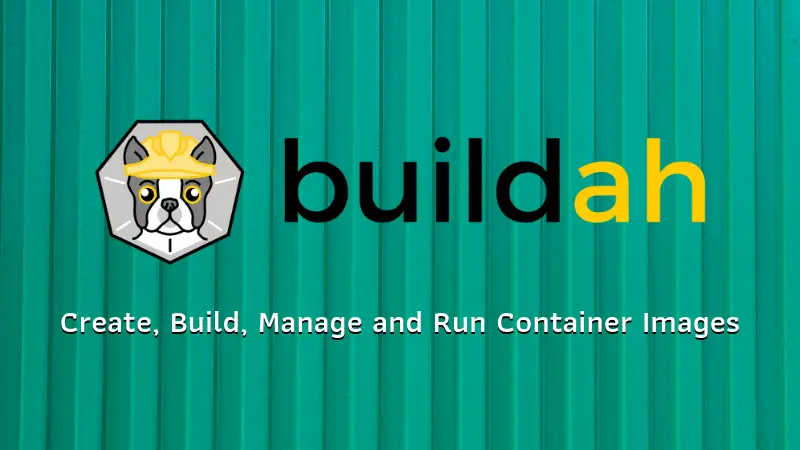
Getting Started With Buildah for Managing Linux Containers
Buildah is used to create, build, manage, run container images as well as containers. It can be used with Docker, Podman, Kubernetes! Let's get started with Buildah.
· LHB Community

How to Find IP Address in Linux Command Line
How do I find out the IP address of in Linux ? It's a common question for a number of Linux users. Here are multiple ways to get the IP of host system in Linux.
· Abhishek Prakash

How to Check Memory Usage in Linux? Use These 5 Commands
Knowing the memory utilization is an important part of system maintenance. You’ll learn various commands you can use to check memory usage in Linux.
· Helder
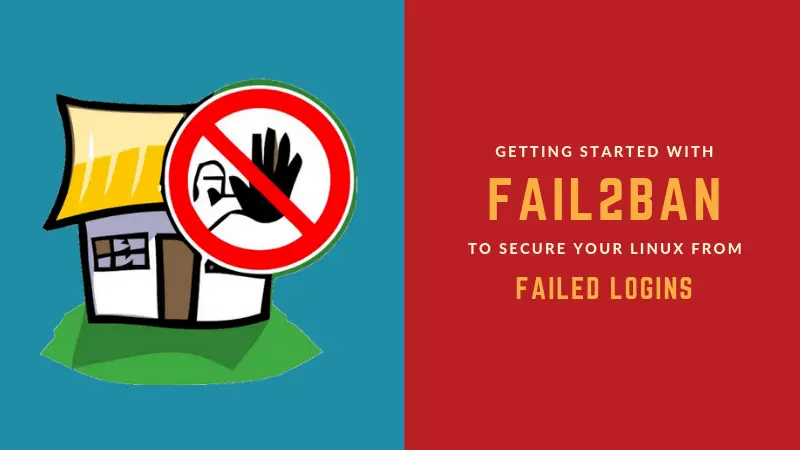
Secure Your Linux Server With Fail2Ban [Beginner's Guide]
This detailed guide teaches you what is Fail2Ban, how to configure it and how to use it for providing an additional layer of security on your Linux system.
· Abhishek Prakash
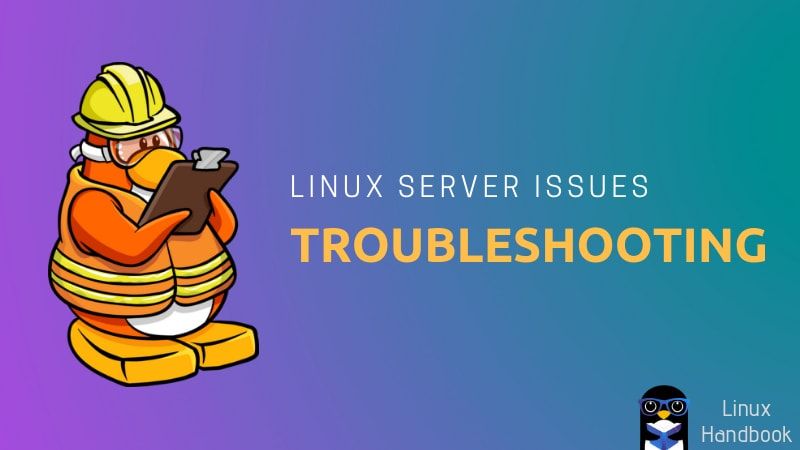
Fixing 'sudo: unable to resolve host' Error in Linux
This quick tutorial will show you how to fix 'sudo: unable to resolve host hostname' error in Ubuntu or any other Linux distribution.
· Abhishek Prakash

How to Compare Strings in Bash Shell Scripting
In this tutorial you'll learn how to compare strings in bash shell scripts.You'll also learn to check if a string is empty or null.
· Abhishek Prakash

How to Update Kali Linux With One Single Command
Learn to update a Kali Linux system in one single command. Yes, it's that easy and straight forward.
· Abhishek Prakash
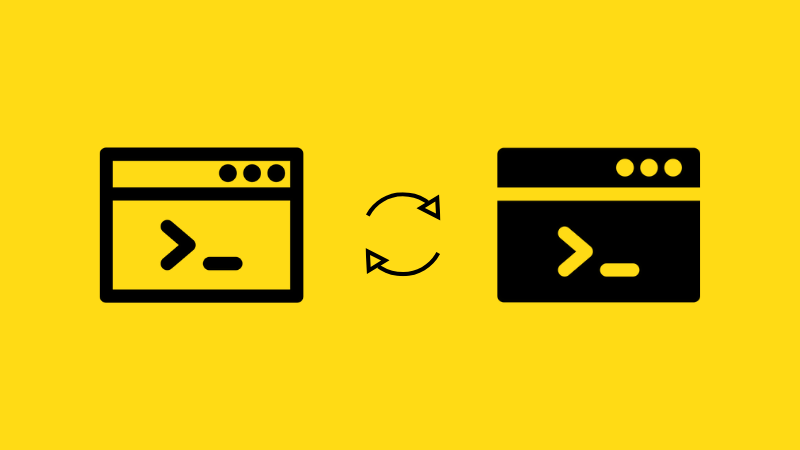
How to Change Shell in Linux
This quick tutorial shows how to check the running shell, available shell in the system and how to change the default shell in Linux.
· Abhishek Prakash
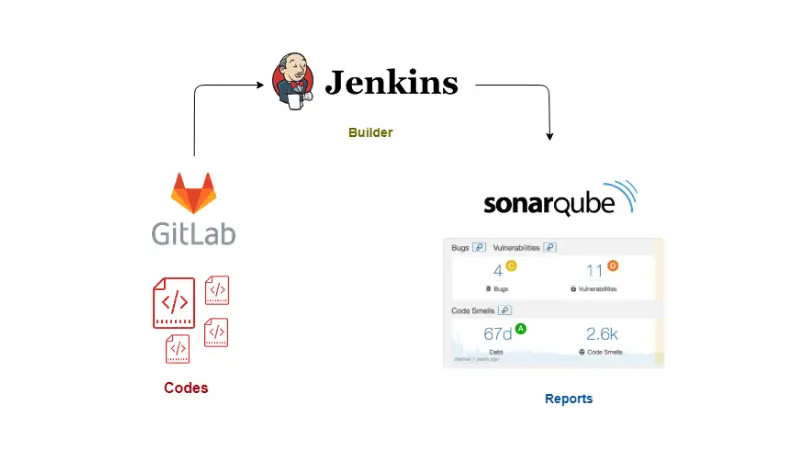
Setting up Continuous Integration With GitLab, Jenkins and SonarQube
Set up continuous integration between GitLab, Jenkins and SonarQube and view the quality reports of GitLab repository codes at SonarQube by using jenkins.
· LHB Community
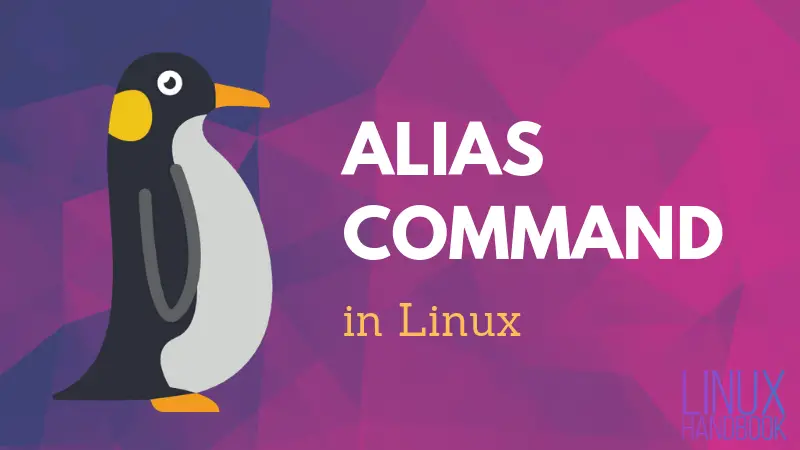
Using alias Command in Linux to Improve Your Efficiency
Alias command in Linux saves a lot of your time and improves your efficiency. Learn how to use this command properly and see some of the common aliases I use.
· Helder

How to Check Linux Login History
You may want to know who logged on your system and from where. You should also see bad login attempts on your system. Learn how to see login history in Linux.
· Abhishek Prakash
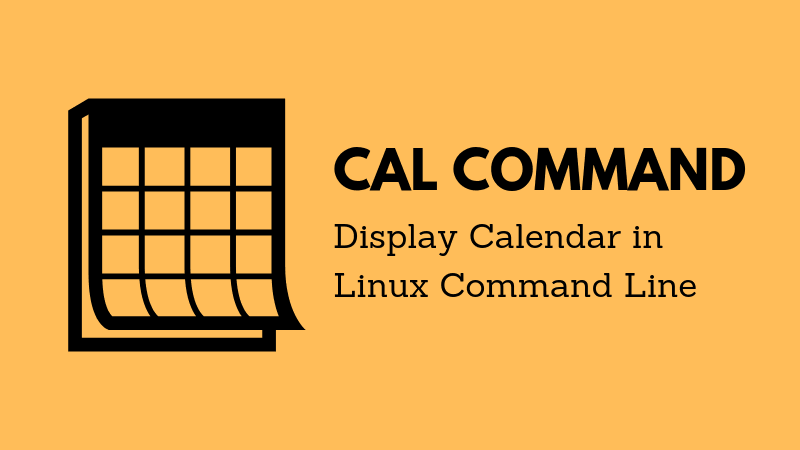
5 Examples of Cal Command in Linux
This quick tutorial shows you how to display calendar in Linux with cal command and some common examples of this command.
· Abhishek Prakash

Everything You Need to Know About inodes in Linux
What is inode in Linux? What is it used for? Why is it important and how to check inode in Linux? This guide explains all the important aspects of inodes.
· Eric Simard

5 Commands to View the Content of a File in Linux Command Line
Here are five commands that let you view the content of a file in Linux terminal.
· Abhishek Prakash
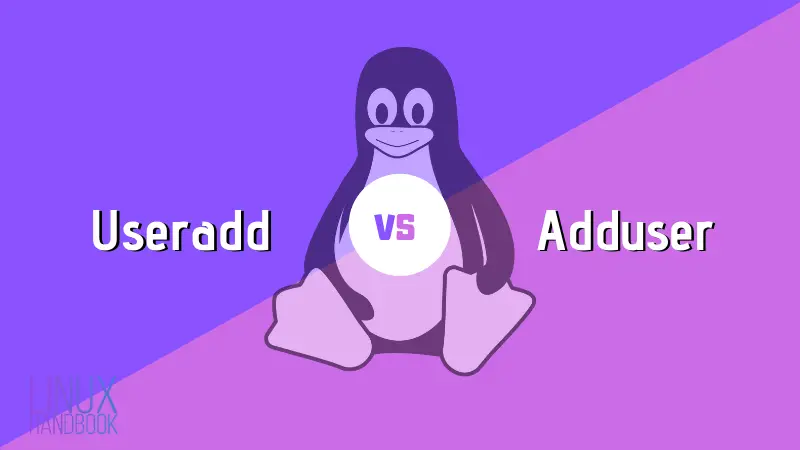
Useradd vs Adduser: What's the Difference?
What is the difference between useradd and adduser commands in Linux? Which one is better and which one should you be using. This article answers all these questions.
· Eric Simard

Guide for Installing and Uninstalling Anaconda in Linux
This tutorial will help you to install and uninstall Anaconda Distribution in Linux systems in a stepwise manner.
· seeni
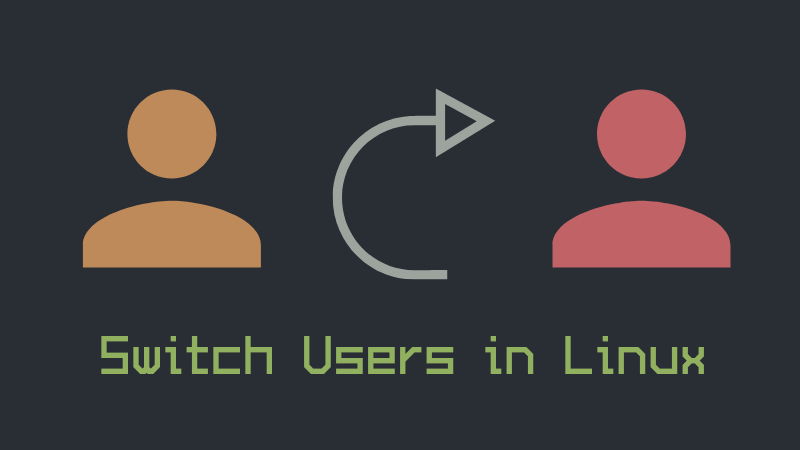
How to Change Users in Linux Command Line
Linux systems have different users and different types of users. Learn how to switch the users in Linux command line or how to change to the root user in Linux.
· Helder

How to Fix Tab Completion Not Working in Ubuntu & Debian
Tab completion not working for you in the terminal? Here's the easy way to fix it in Ubuntu/Debian based distributions.
· Abhishek Prakash

Want to Use NiceHash Miner on Linux? Here's How to do That
NiceHash is not available on Linux officially but you can still use other applications to connect to NiceHash marketplace using its excavator. Here's how to do that.
· Abhishek Prakash
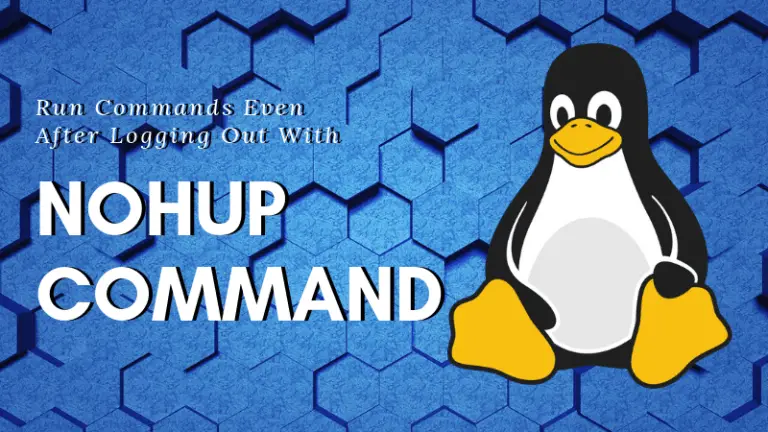
Nohup Command in Linux Enables You to Run Commands Even After Logging Out
This article will show you how you can start a process and keep it running even after you have logged out using the nohup command.
· Eric Simard

rsync Command Examples
Wondering how to use rsync command? This article lists some of the essential usages of the rsync command in Linux.
· seeni

expand Command Examples
This tutorial teaches you to convert the tabs into spaces in Linux command line from the programming perspective.
· Abhishek Prakash